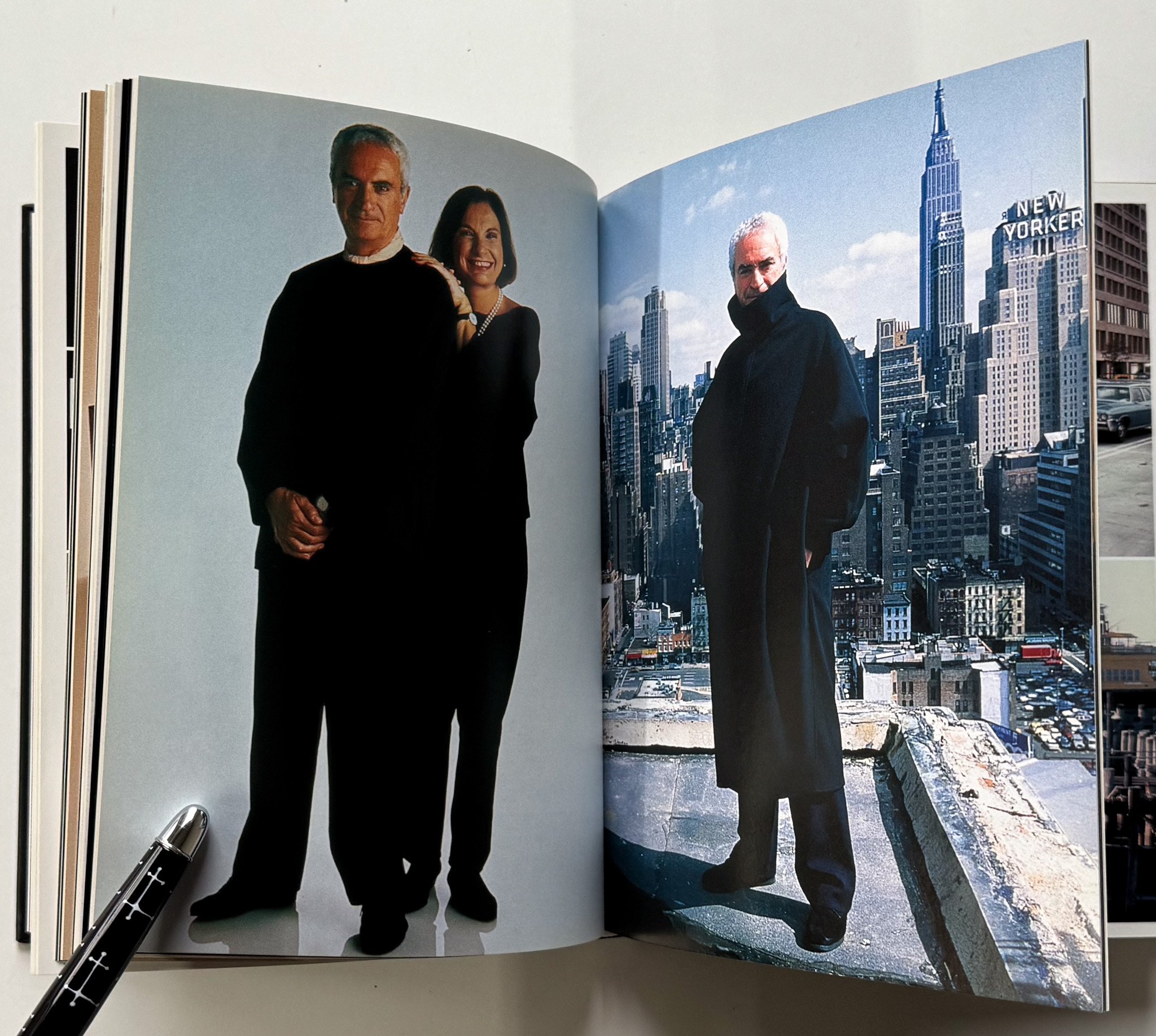 Image 1 of 8
Image 1 of 8

 Image 2 of 8
Image 2 of 8

 Image 3 of 8
Image 3 of 8

 Image 4 of 8
Image 4 of 8

 Image 5 of 8
Image 5 of 8

 Image 6 of 8
Image 6 of 8

 Image 7 of 8
Image 7 of 8

 Image 8 of 8
Image 8 of 8









[1st ed] Design for Play
First edition of architect Richard Dattner’s influential 1969 treatise on urban playground and play space design, published by Van Nostrand Reinhold. To quote Dattner’s own conclusion, “Play is the way children learn about themselves and the world they live in…In this book many different playgrounds have been presented; all have as their goal the creation of an environment where play, learning, and the human spirit are nurtured. While the focus of the book is on playgrounds per se, with case studies from the U.S. and Europe, other more ad hoc playscapes are also explored, such as sidewalks, streets, rooftops, and barges. Also treated are hitherto often neglected considerations for disabled children. Featured, of course, are a number of Dattner’s own projects, including the acclaimed Adventure Playground in Central Park, a grouping of modular pre-fabricated playground structures, and several unrealized proposals. Per a later entry in The Play and Playground Encyclopedia, Dattner, “once known as one of the Young Turks of radical urban playground design, is an architect who has been leading the innovative curve of architectural design for both playscapes and public buildings for over 50 years.” Oblong 4to, 8.75 x 11.25 in., hardcover with pictorial dust jacket, 144 pages, fully illustrated. Minor bumping and toning to extremities. Light bumping and rubbing to dj, with small closed tear to top edge of rear cover.
First edition of architect Richard Dattner’s influential 1969 treatise on urban playground and play space design, published by Van Nostrand Reinhold. To quote Dattner’s own conclusion, “Play is the way children learn about themselves and the world they live in…In this book many different playgrounds have been presented; all have as their goal the creation of an environment where play, learning, and the human spirit are nurtured. While the focus of the book is on playgrounds per se, with case studies from the U.S. and Europe, other more ad hoc playscapes are also explored, such as sidewalks, streets, rooftops, and barges. Also treated are hitherto often neglected considerations for disabled children. Featured, of course, are a number of Dattner’s own projects, including the acclaimed Adventure Playground in Central Park, a grouping of modular pre-fabricated playground structures, and several unrealized proposals. Per a later entry in The Play and Playground Encyclopedia, Dattner, “once known as one of the Young Turks of radical urban playground design, is an architect who has been leading the innovative curve of architectural design for both playscapes and public buildings for over 50 years.” Oblong 4to, 8.75 x 11.25 in., hardcover with pictorial dust jacket, 144 pages, fully illustrated. Minor bumping and toning to extremities. Light bumping and rubbing to dj, with small closed tear to top edge of rear cover.
First edition of architect Richard Dattner’s influential 1969 treatise on urban playground and play space design, published by Van Nostrand Reinhold. To quote Dattner’s own conclusion, “Play is the way children learn about themselves and the world they live in…In this book many different playgrounds have been presented; all have as their goal the creation of an environment where play, learning, and the human spirit are nurtured. While the focus of the book is on playgrounds per se, with case studies from the U.S. and Europe, other more ad hoc playscapes are also explored, such as sidewalks, streets, rooftops, and barges. Also treated are hitherto often neglected considerations for disabled children. Featured, of course, are a number of Dattner’s own projects, including the acclaimed Adventure Playground in Central Park, a grouping of modular pre-fabricated playground structures, and several unrealized proposals. Per a later entry in The Play and Playground Encyclopedia, Dattner, “once known as one of the Young Turks of radical urban playground design, is an architect who has been leading the innovative curve of architectural design for both playscapes and public buildings for over 50 years.” Oblong 4to, 8.75 x 11.25 in., hardcover with pictorial dust jacket, 144 pages, fully illustrated. Minor bumping and toning to extremities. Light bumping and rubbing to dj, with small closed tear to top edge of rear cover.













